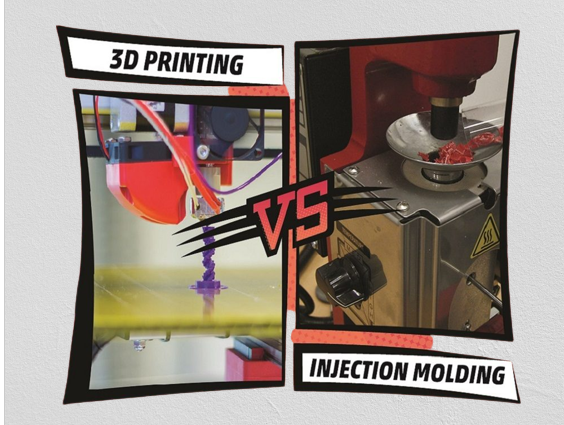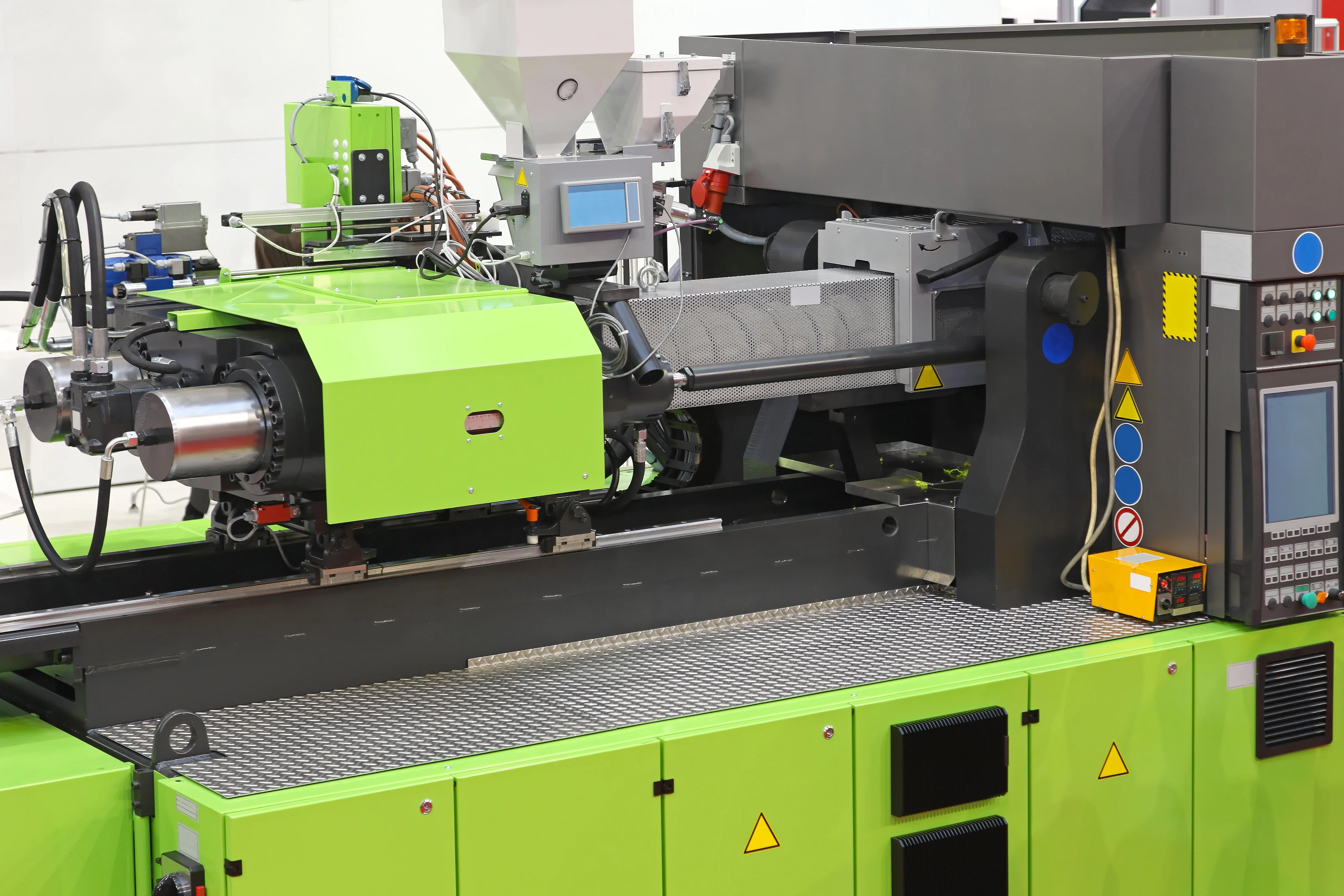What is Plastic Extrusion Method of Processing?
The plastic extrusion method of processing involves melting raw plastic pellets and forcing them through a shaped die to create long, continuous profiles. Types of Plastics Used in Extrusion In the realm of plastic manufacturing, different types of plastics offer distinct advantages and limitations, especially when it comes to the extrusion process. Understanding the types …










